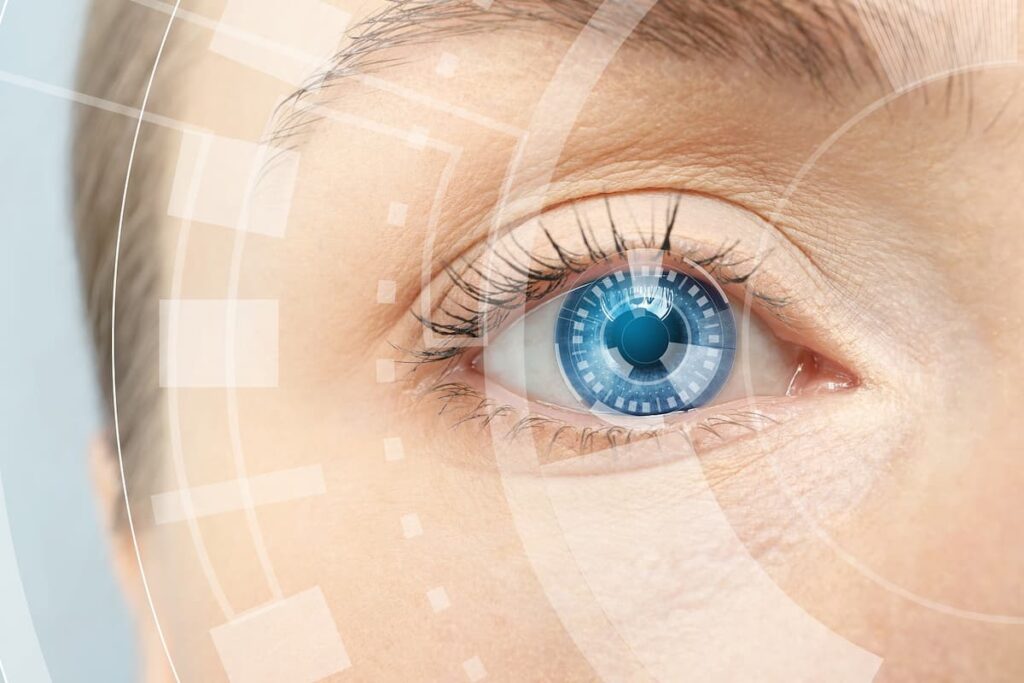Second Sight’s Bionic Eye Implants
Table of contents
Table of contents

In a previous article, we discussed the planned IPO for SynCardia Systems, a company that makes artificial hearts. From 3D printed organs to growing windpipes, the movement towards creating “artificial body parts” seems to be growing at an unprecedented pace. A technology that can be used to create bionic eyes for those who are blind is right up there with the most sought after applications of replacement body parts. One publicly traded company that is developing such a cure for blindness is Second Sight.
About Second Sight
Founded in 1998, Second Sight (NASDAQ:EYES) had their first clinical trial as far back as 2002. In 2013, their bionic eye called Argus 2 received FDA approval for the purpose of restoring partial sight to people with a degenerative eye disease called Retinitis pigmentosa. In November of last year, Second Sight had a very successful IPO which raised $32 million. While the shares were offered at $9, the share price nearly doubled the first day of trading to close at $20. Since that IPO, the share price has lost -54% of its value bringing the share price back down to $9, the price of the original offering. With a current market cap of $328 million, Second Sight generated $4.3 million in revenues for the first 6 months of this year but lost $9.8 million in the same time frame bringing the Company’s total deficit to $162 million. Developing and selling bionic eyes isn’t cheap.
Let’s talk a bit about the device itself. In order to begin using the Argus 2 bionic eye, the patient first needs a retinal implant. This procedure takes about 4 hours under general anesthesia. The implanted device contains an antenna which picks up signals from the video camera which is placed on the glasses the patient wears. The entire system can be seen below:
Once the device is installed, the patient can expect a visual field of about 3.5 inches by 6.5 inches (9 by 16.5 centimeters) at arm’s length. Half of the patients are able to read very large letters (about 9 inches high) viewed from 1 foot away. Results are said to be varied. An article on Popular Science states, “it’s like watching TV on a screen with just 60 pixels–but it can supply enough information to allow people to move around without aid“. Second Sight plans to use $4 million of the IPO proceeds to increase the resolution of the system, with the potential to enhance the resolution of existing devices by ten-fold or more.
While the concept of bionic eyes sounds promising, just how much money is there really to be made here? Retinitis pigmentosa is an inherited retinal condition which affects 1 in 3500 people or 90,857 people in the U.S. alone. At an estimated price point of $100,000 USD for the device, a 25% market penetration would give us revenues somewhere in the realm of $2.2 billion. Of course, that’s just for the device itself and we don’t know what consumables or upgrades could be offered to create recurring revenue streams outside of the initial device sale.
While the device resolution seems rudimentary at the moment, advances in technology could lead to bionic eyes that would be hard to pass up if you were suffering from this condition and blind. Second Sight also plans to use some of the IPO proceeds to trial their bionic eye for people suffering from age-related macular degeneration or AMD. Second Sight hopes to receive FDA marketing approval for use in patients suffering from AMD by 2019. That would open up a huge potential market. In the United States alone, over 10 million people suffer from some form of AMD with 200,000 new cases diagnosed each year.
Sign up to our newsletter to get more of our great research delivered straight to your inbox!
Nanalyze Weekly includes useful insights written by our team of underpaid MBAs, research on new disruptive technology stocks flying under the radar, and summaries of our recent research. Always 100% free.














